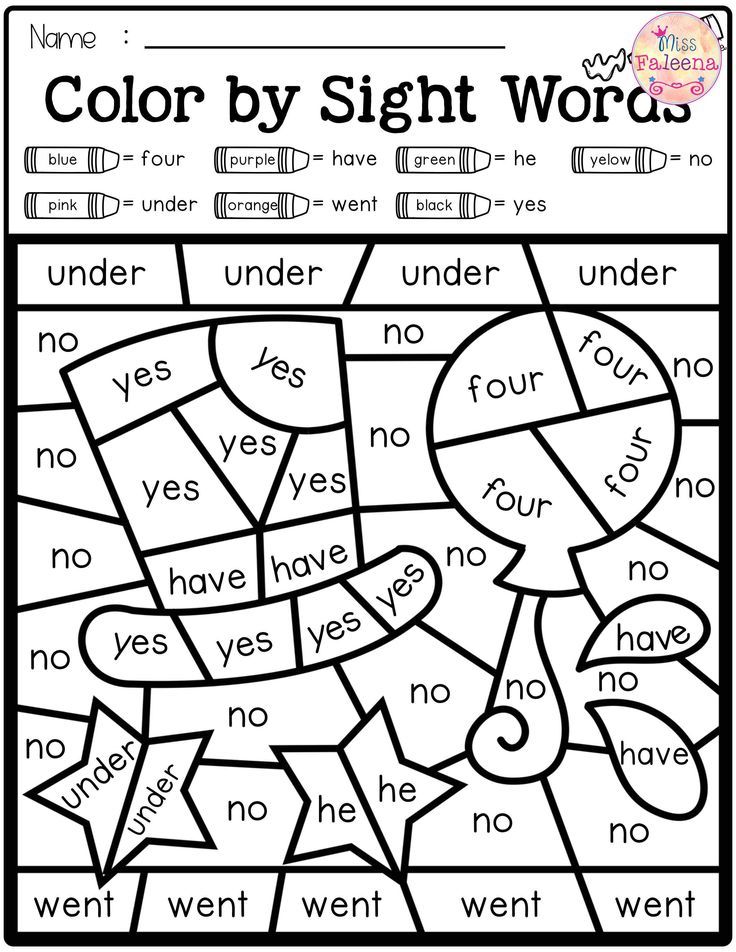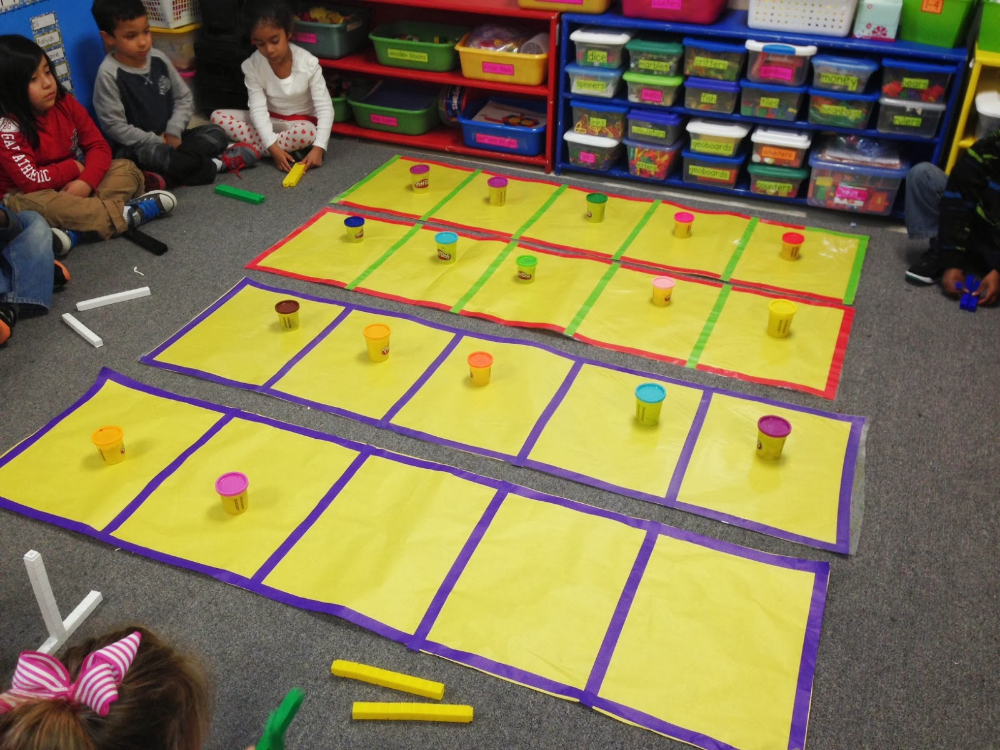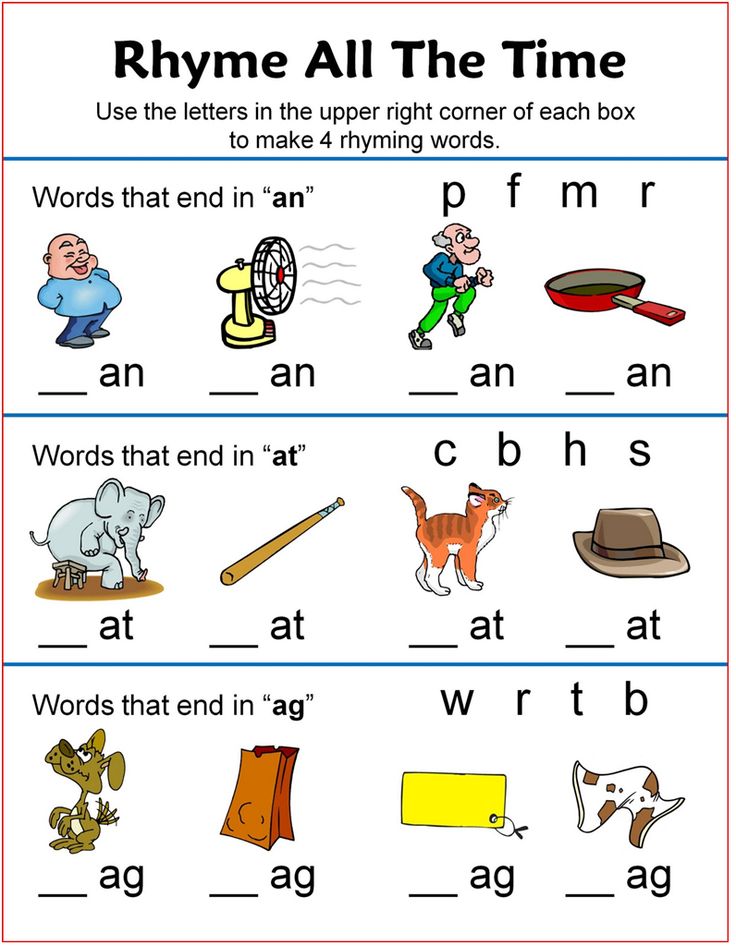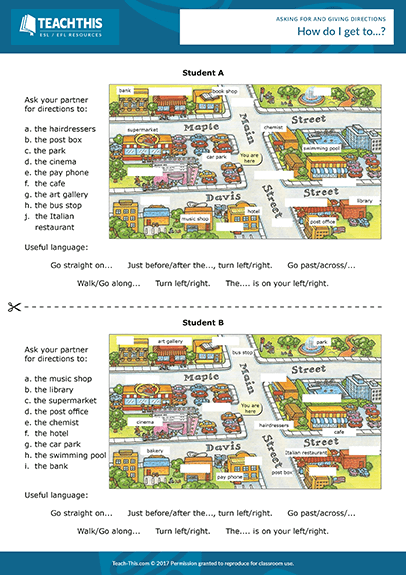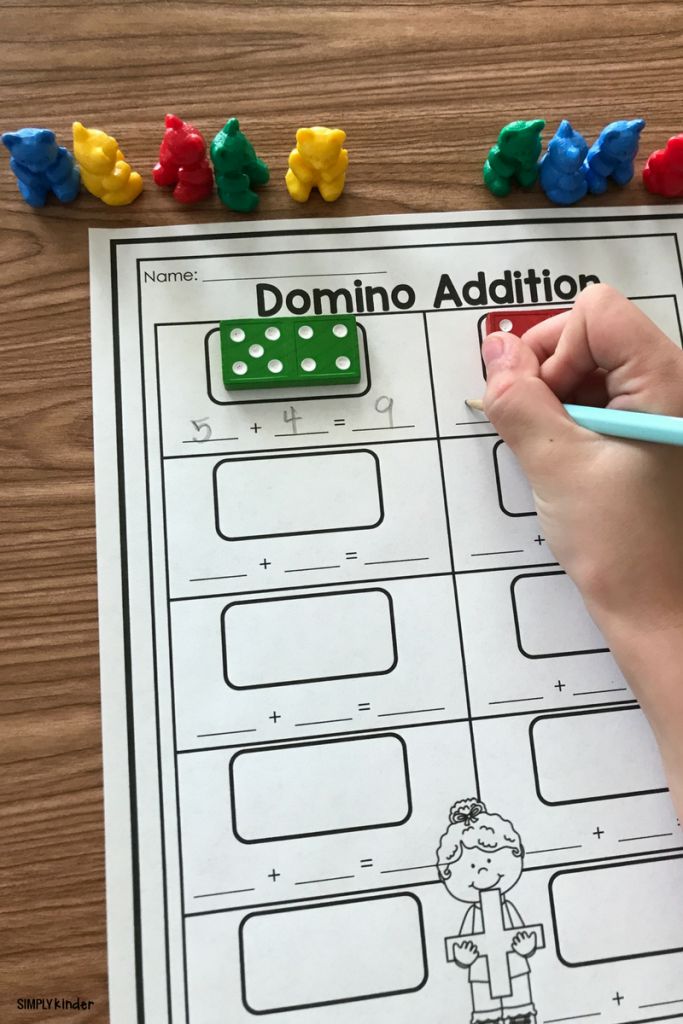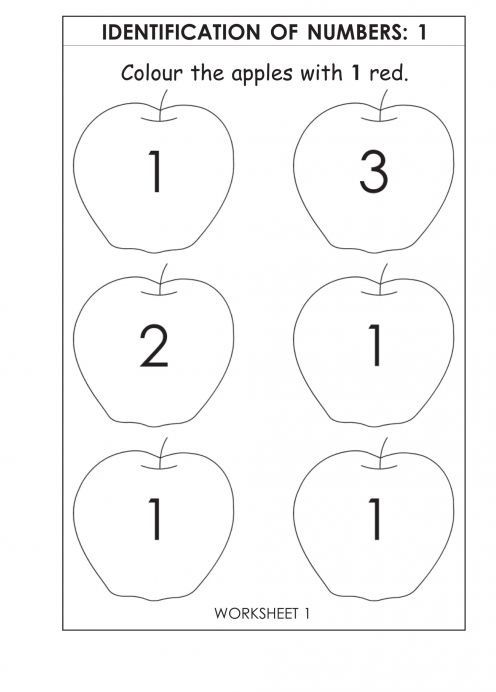Emotions to act out
Emotions Charades: Teaching Emotions Through Play
This shop has been compensated by Collective Bias, Inc. and its advertiser. All opinions are mine alone. #PlayNGrow #CollectiveBias
These emotions charades are so fun! Teaching emotions through play is an important way to expand your child’s emotional intelligence. For young children emotions can be overwhelming and even a bit scary at times. They don’t always have the correct language to express what they are feeling and as a result they may act out in negative ways.
Hands-on kids activities can be simple ways to help children learn the emotional language they need to properly express their emotions. Acting out emotions and behavioral responses in a safe environment gives them the tools they need to handle “big” emotions when they arise.
Giving children opportunities to explore their emotions safely through play rather than waiting until they are in the midst of an emotional upheaval is very important. Trying to discuss emotions and behavioral responses is much harder for children when they in the middle of experiencing a big emotion. It can lead to frustration for the both parent and the child.
To explore our emotions we created a fun (and simple!) emotions charades game using Disney’s Inside Out characters!
For this game we used these super cute emotion toys from the movie, Inside Out. Each one of the characters represents an emotion (Joy, Anger, Fear, Sadness, & Disgust) and we used each of them in our game.
When we got home I used the pictures on the Inside Out packaging to create emotion cards that that the girls would draw from a basket. To make them I just cut the character’s image out and glued it to an index card.
Each of the girls took turns being the “performer.” This person got to pick a card from the bucket and then they had to act out that emotion in front of their friends. The kids that were watching then had to guess what character (aka emotion) the performer was imitating.
The kids that were watching then had to guess what character (aka emotion) the performer was imitating.
We set the Inside Out characters (Joy, Sadness, Anger, Fear, & Disgust) in front of the kids that were guessing and the performer got to work acting out the emotion on their selected card.
When the kids knew which of the Emotions was being portrayed they grabbed the character from the floor and held it up. The actor would then tell them if they were right or not.
“Yes! I’m Joy!”
Once the Emotion was identified we continued teaching emotions and emotional language by discussing how each child would handle that particular emotion.
“Is there something that makes you feel better if you’re sad?”
“I see that you are acting like Anger. What could you say to someone if they’ve done something that makes you feel angry?”
“What might help you feel safer?”
“How do our feelings affect people around us?”
The kids then suggested and modeled how they could handle their behaviors with each emotion.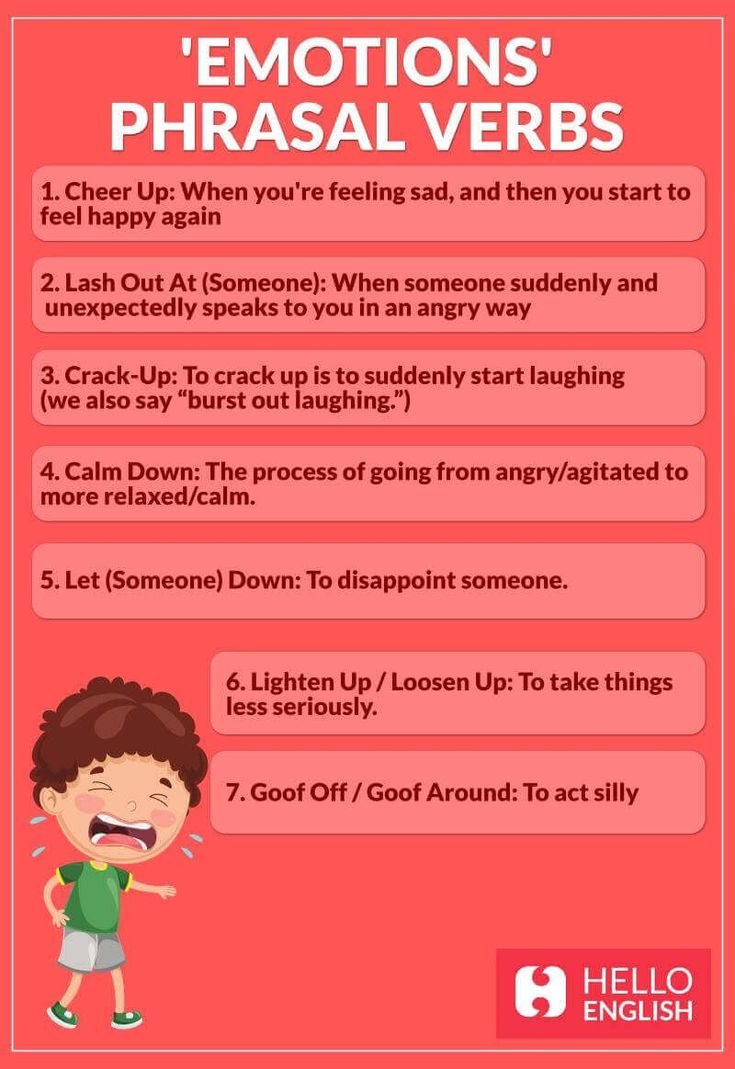
The child that was acting out like Anger chose to tell her friends “I’m angry. I need some space and I want to play by myself.” My daughter thought that cuddling with her special blanket in bed was a good way to help her feel better when she was feeling fearful.
They all thought a hug from a friend was the best way to feel better when you were feeling sad.
The girls love this emotions charades game! We play it several times a week now! The Inside Out characters are perfect for giving emotions a voice and helping kids learn how to express their feelings!
Now it’s your turn! Play this game today! I love it!
How do you teach your children about big emotions? Share your tips below.
Looking for more crafts and activities? Check out our index for 100+ plus kids activities! Find activities by theme, materials, skills, age and much more!
Alyssa has a passion for fun kid's activities and crafts.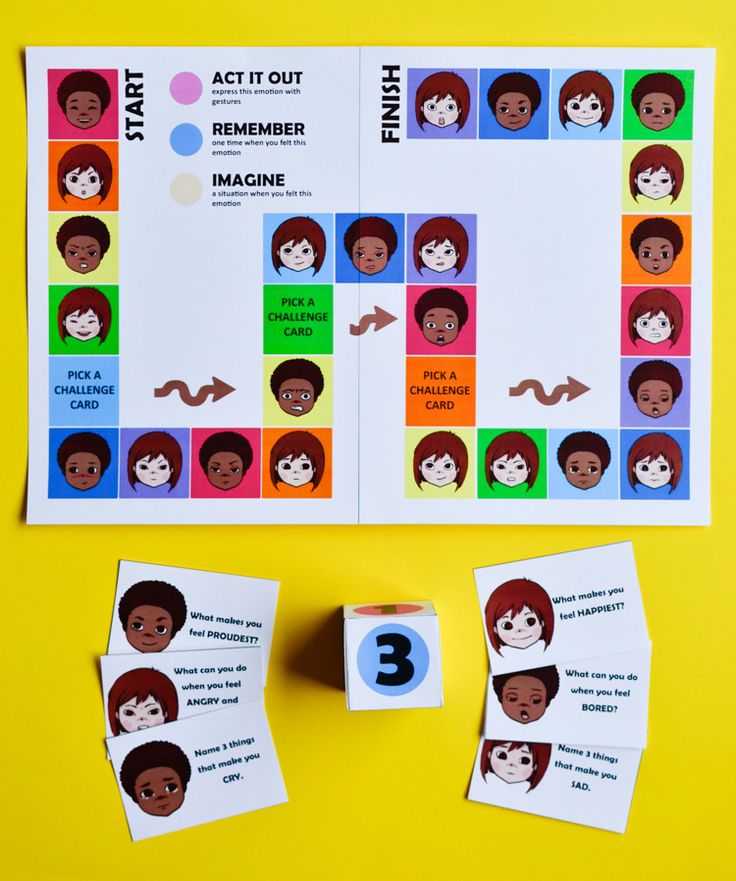 She is a teacher, home daycare provider, author, and the founder of Where Imagination Grows. She has spent years teaching and crafting with toddlers and preschoolers and is excited to share those activities with you. With a degree in early childhood education, she has spent over 20 years working in both public and private schools, as well as running a preschool program and home daycare.
She is a teacher, home daycare provider, author, and the founder of Where Imagination Grows. She has spent years teaching and crafting with toddlers and preschoolers and is excited to share those activities with you. With a degree in early childhood education, she has spent over 20 years working in both public and private schools, as well as running a preschool program and home daycare.
Emotion Charades for Kids: Feelings and Empathy
This emotion charades for kids activity will help students identify different feelings and better understand how they, and others, may be feeling in a given situation. And with this understanding, they will be better able to respond with care and kindness.
In this activity, you students will act out different emotions and use clues to identify others’ emotions.
You may want to reference our list of emotions printable to assist you students with the words they will need to describe the emotions that are being acted out.
Recommended Grade Level: All
SEL Skill(s): Communication, Empathy
Duration: 35 minutes
Materials:
- Chalkboard, white board, or smartboard
- Slips of paper (optional)
- Educator instructions PDF
Begin by talking with the group about the importance of recognizing other people’s feelings. Explain that understanding how another person is feeling is called empathy, and when we express empathy toward other people, we are showing that we care about them.
Explain that understanding how another person is feeling is called empathy, and when we express empathy toward other people, we are showing that we care about them.
Invite discussion with these sample questions:
- Raise your hand if you can tell when another person is happy? How about when another person is mad? Scared?
- What are the clues that help you figure out what the other person is feeling?
Explain that we can tell a lot about how someone is feeling through their body language and facial expressions, without hearing them talk. In this game of Feelings Charades, just like regular charades for kids, the actor cannot talk. One student will act out an emotion word, and the rest of the group will guess the emotion.
Mini Game Directions:- Invite students to come up with a list of emotions, and write them on the board. Try to have about the same number of enjoyable feelings (i.e. happy, excited) as uncomfortable feelings (i.
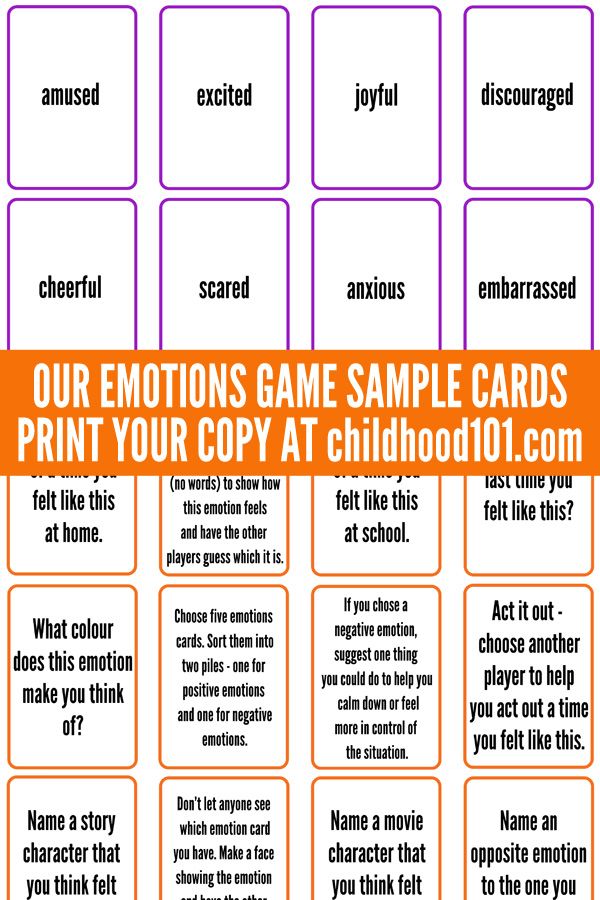 e. frustrated, confused). Demonstrate how to act out one of the emotion words, and have the group guess.
e. frustrated, confused). Demonstrate how to act out one of the emotion words, and have the group guess. - Ask a student to come to the front of the room and select one of the feeling words that is listed on the board. That child will then face the other group members and act out the emotion using facial and body expressions, while the other children try to guess which feeling it is. The child that correctly guesses the feeling will get to go next. (You may want to have students raise their hands to guess rather than calling out.)
- Put a check mark next to each word as it is used, and continue playing until all the words in the list have been acted out, or as many fit in your time frame.
After completing a game, help students reflect on the activity by discussing some of the following questions:
- What cues did you use to guess what another person was feeling during the game?
- If it was easy at times, what helped make it easy? What made it challenging?”
Help children realize that it can be difficult to know what another person is feeling, especially when we don’t know the other person that well, or when that person is experiencing multiple emotions at the same time.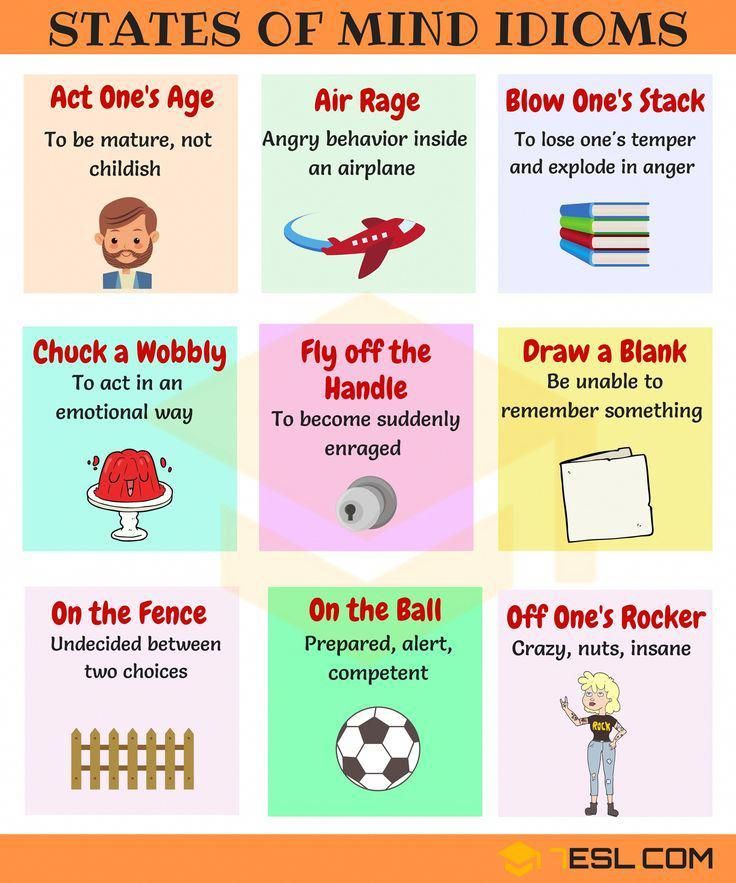 Encourage students not to jump to a conclusion about someone else’s feelings. Explain that we can make educated guesses like we did in the game, but the best way to know and understand another person’s feelings is to ask him or her. Suggest the following responses.
Encourage students not to jump to a conclusion about someone else’s feelings. Explain that we can make educated guesses like we did in the game, but the best way to know and understand another person’s feelings is to ask him or her. Suggest the following responses.
“It seems like you may be feeling… , would you like to talk about it?”
Remind students that it is okay if the other person does not want to talk about their emotions, and that, as friends, we should respect that decision. Offer this suggested response for that situation:
“Okay, I understand. If you change your mind, just let me know.”
The goal is to communicate support and understanding.
Lesson Extension Using Zoo U
For students with access to our online SEL program, Zoo U, please make sure they explore scene 4 in the Communication skill builder.
In Scene 4, players work with another character to prepare for a puppet show. First, they’ll practice reading a script and matching tone of voice with a list of emotions. Next, they’ll assemble the puppets so that their body language and facial expressions match the emotions. Last, players will give and receive feedback.
Next, they’ll assemble the puppets so that their body language and facial expressions match the emotions. Last, players will give and receive feedback.
Additional Resources
Books
- Empathy Is Your Superpower
- A Little SPOT of Belonging
- It Looked Like Spilt Milk
With a Centervention Account, you will receive free lessons and a free trial for our online SEL programs.
Please Create My Account
5 effective tricks to control your emotions
Contents of the article
Recently, more and more people began to talk about emotional intelligence. Emotional intelligence is a set of human skills with which he can recognize his own and others' emotions, control and manage them. The ability to restrain your emotions will come in handy in almost any area of life - from personal relationships with loved ones to working negotiations with colleagues, management, clients. Emotions can overtake at the most inopportune moment, preventing rational thinking from finding the right solution. Therefore, it is important to learn to control yourself in order to understand your true desires and motives. We have collected 5 simple tricks from the free online course "Emotional Intelligence" that will help you work through emotions in the moment and avoid unpleasant consequences.
Emotions can overtake at the most inopportune moment, preventing rational thinking from finding the right solution. Therefore, it is important to learn to control yourself in order to understand your true desires and motives. We have collected 5 simple tricks from the free online course "Emotional Intelligence" that will help you work through emotions in the moment and avoid unpleasant consequences.
Detachment from what is happening
Negative emotions in most cases arise at the moment when another person takes out their discontent, evil, bad mood or resentment on you. We automatically want to respond in kind, to protect ourselves from the flow of negativity. But such action can only exacerbate the situation. At this moment, it is better not to react to the emotional manifestations of a person, skip unpleasant words past you and not let emotions take over you. Get distracted by something, go somewhere else. Let the person cool down and try starting the conversation again.
Self-hypnosis
Sometimes we are overcome by strong anger, at this moment it is difficult to quickly calm down and come to our senses. Try to look at the problem from a different angle. Think that this situation is another experience in life that just needs to be experienced. Emotional outbursts make us stronger and more resilient, so everything must be treated philosophically. At first, it will be difficult to control your emotions, so remind yourself that in this way you form an inner core in yourself.
Pause
Sometimes it is difficult to immediately completely calm down, telling yourself “stop, stop being nervous.” The main task of emotional intelligence is to be able to slow down, pause. At this point, you need to turn on your brain and think about what happened, why you are reacting this way. Then decide how best to act in this situation, and only then begin to act.
Breathing exercises
Surely you have already heard the advice about deep breathing during a surge of emotions.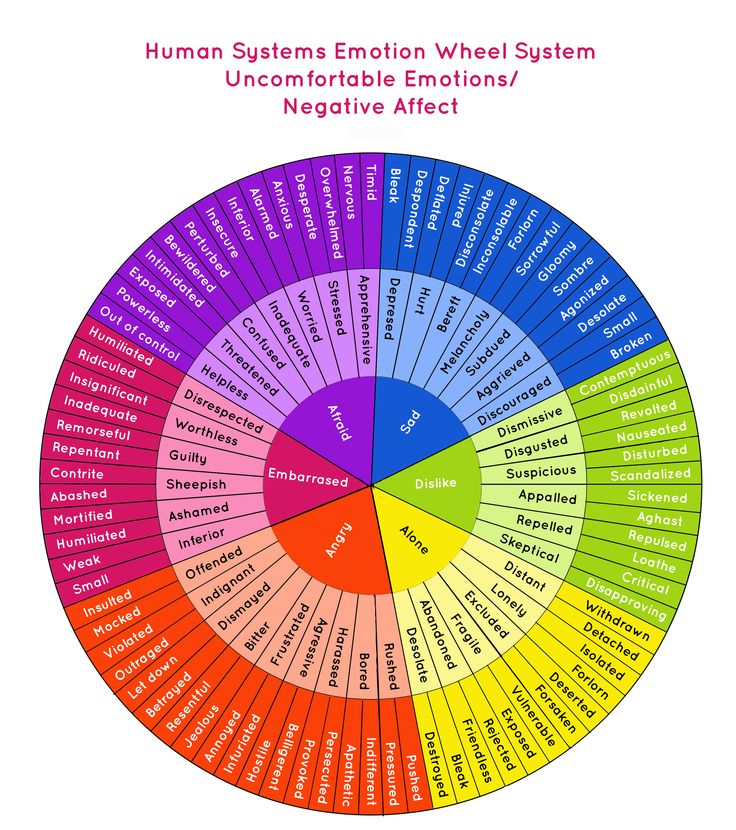 It really works. Breathing helps to relax, distract from the situation and come to your senses. Just breathing deeply for a few minutes is enough to feel inner relief
It really works. Breathing helps to relax, distract from the situation and come to your senses. Just breathing deeply for a few minutes is enough to feel inner relief
Physical exercise
Sports are one of the best tools for developing willpower and self-control. You can often meet people who take out their negative emotions on a punching bag, do yoga, dance or aerobics. Sport helps to improve not only the physical condition, but also the psychological one. Even morning exercises will fill you with energy and good mood.
How to control your emotions in any situation
November 30, 2015Life
Emotions are good, but you need to be able to cope with them at the most critical moments of life. This article will teach you how to deal with surging feelings correctly.
Share
0 Emotions are what makes us human. But sometimes the manifestation of feelings is completely inappropriate, interferes with thinking sensibly and leads to mistakes. You cannot (and should not!) keep yourself from experiencing certain emotions. But it must be manifested and expressed at the right time and in the right place. Use your feelings constructively and don't let them ruin everything you've been working towards for so long.
You cannot (and should not!) keep yourself from experiencing certain emotions. But it must be manifested and expressed at the right time and in the right place. Use your feelings constructively and don't let them ruin everything you've been working towards for so long.
Don't rock yourself
Adjust your emotions like the temperature on a thermostat. Not too hot, not too cold - just right to feel good. This applies to both good and bad emotions.
An excess of enthusiasm can be inappropriate, as well as excessively aggressive or depressive behavior.
People who know how to control their emotions, all the time trying to maintain balance, avoiding disharmony in the state of mind.
Stop to think
Do you feel "boiling"? This is a dangerous condition, and you need to put yourself in order as soon as possible. Instead of reacting to the situation immediately, think about what tools and solutions can be used. Cool down and reflect on what happened, regaining your focus and ability to analyze. Hasty decisions often bring a bitter feeling of regret. On the other hand, a short pause will help you focus on the most important and choose an effective and tactful way to solve the problem.
Hasty decisions often bring a bitter feeling of regret. On the other hand, a short pause will help you focus on the most important and choose an effective and tactful way to solve the problem.
Avoid emotional overload
Emotional overload is a situation in which a feeling takes over completely. This condition is accompanied by physical symptoms such as increased heart rate, increased breathing, trembling knees, sweating, and nausea. Do you feel something similar? This is a clear sign that you are emotionally overwhelmed. Instead of going with the flow and giving up, brace yourself! Process the information in parts, gradually coming to your senses. You can evaluate the result with a sober look.
Kate Ter Haar/Flickr.comPractice deep breathing
The body's response to emotional overload directly affects the heart and, in general, all the muscles of the body. You experience tension, after which you will definitely feel overwhelmed. To avoid such surges, practice deep breathing.


